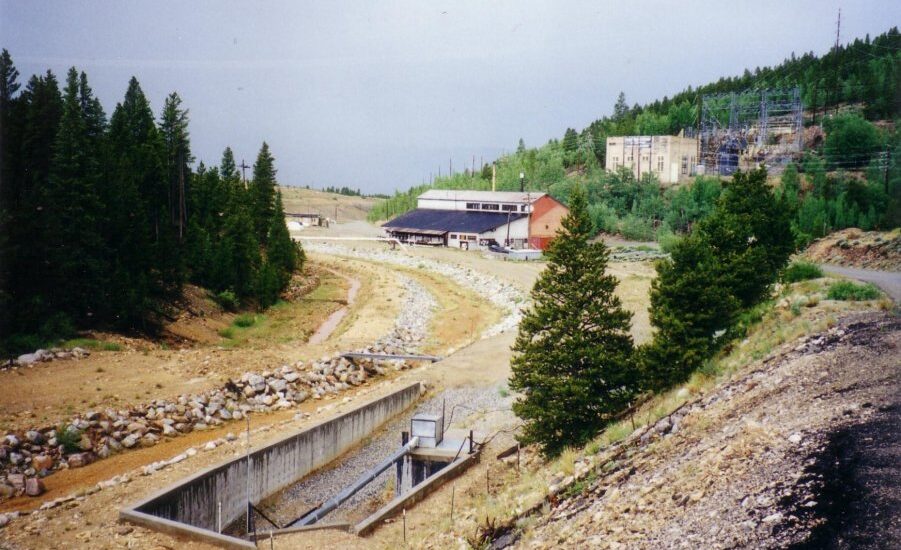Welcome to the Yak Tunnel, a significant piece of Colorado’s mining history nestled in the Leadville mining district. Established in the late 19th century, this tunnel was a response to the booming demand for silver, lead, and zinc extraction in the region. The Leadville mining district, part of the Colorado Mineral Belt, was famed for being the most productive silver-mining area in the state. It attracted miners, entrepreneurs, and fortune seekers from all over, eager to capitalize on its rich deposits.
The Yak Tunnel itself was constructed as a drainage tunnel, a vital infrastructure project aimed at addressing the flooding issues in the mines. Such tunnels were essential for accessing deeper mineral veins and ensuring safer mining operations. The Yak Tunnel, along with others like the Argo and Roosevelt tunnels, played a crucial role in the mining operations of Leadville, allowing for more efficient and safer extraction of valuable minerals.
The tunnel’s significance is not just in its engineering but also in its impact on the local economy and environment. It facilitated the extraction of millions of ounces of silver and tons of lead and zinc, contributing to the wealth and growth of Leadville as a bustling mining town. However, the environmental impact was profound as well, leading to issues of mine drainage affecting local waterways. This prompted efforts in the late 20th century to address the environmental legacy of such mining operations.
Today, the site is part of the California Gulch Superfund site, a testament to the ongoing efforts to remediate the environmental impacts of historic mining. The Yak Tunnel stands as a reminder of the technological advancements and the environmental challenges of Colorado’s mining past.






